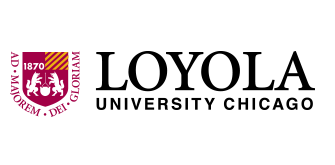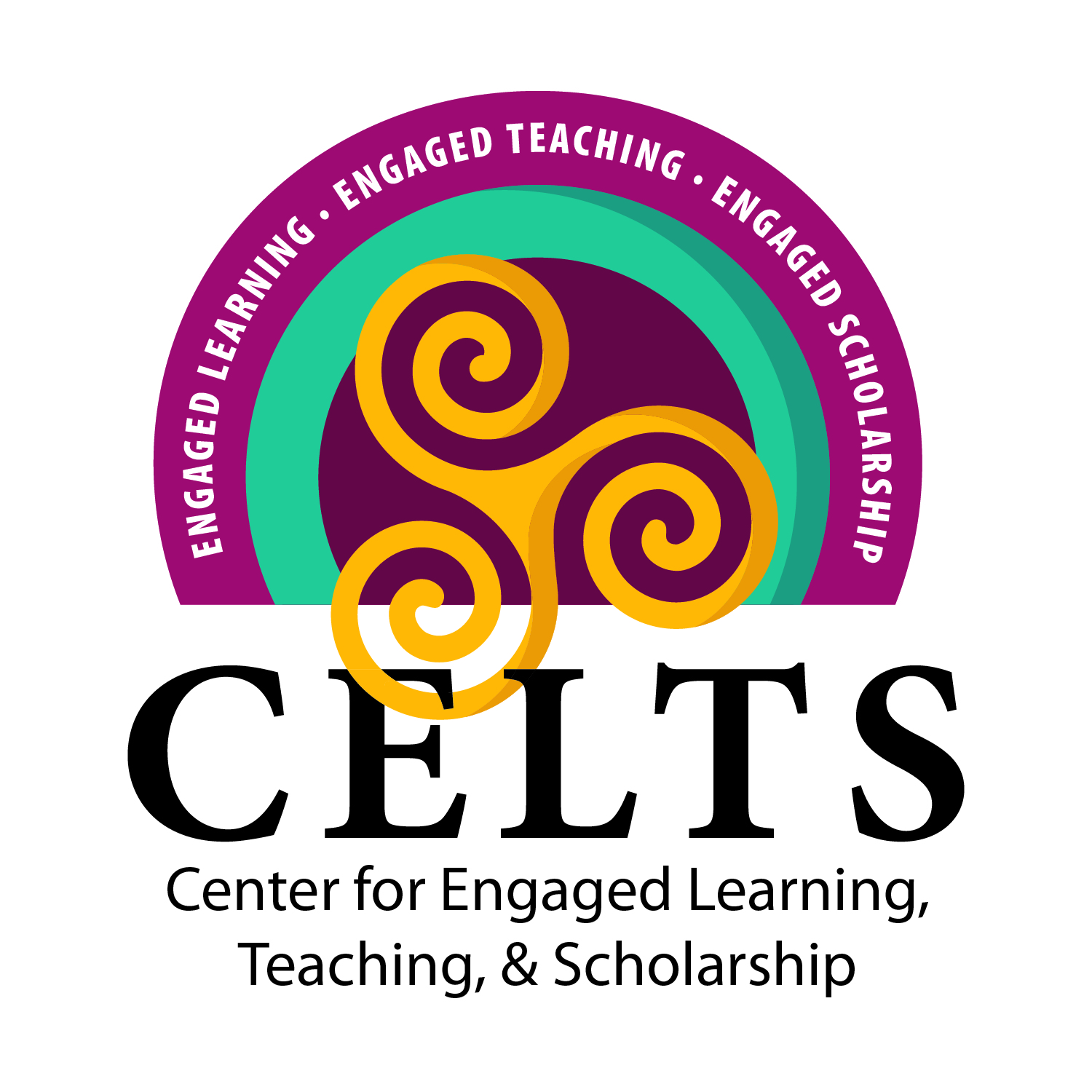Major
Psychology
Anticipated Graduation Year
2023
Access Type
Open Access
Abstract
Gesture is a form of nonverbal communication, using the hands to express information. Decades of research have shown that instruction which includes the use of gesture improves learning outcomes, generally. However, recent nuances in the field of gesture research have found that some people greatly benefit from gesture instruction while others do not at all. Thus, we take an individual differences approach in which we analyze potential variables that may influence one’s propensity to benefit from gesture instruction. Specifically, this project focuses on working memory capacity, the extent to which one can store and manipulate information in their mind, and spontaneous gesture rate, the rate at which one spontaneously gestures. We measured learning using a learning module based on abstract mathematical equivalence that either included gesture or no gesture instructions. We compared learning with gesture with both visuospatial and verbal working memory capacity as well as spontaneous gesture rate. We did not find any significant interactions between working memory and condition or spontaneous gesture rate and condition. However, our results only reflect a subset of the total amount of participants and we do see some emerging trends that will likely become significant with more data.
Faculty Mentors & Instructors
Dr. Elizabeth Wakefield
Creative Commons License

This work is licensed under a Creative Commons Attribution-Noncommercial-No Derivative Works 3.0 License.
Individual Differences In Gesture Learning in Adults
Gesture is a form of nonverbal communication, using the hands to express information. Decades of research have shown that instruction which includes the use of gesture improves learning outcomes, generally. However, recent nuances in the field of gesture research have found that some people greatly benefit from gesture instruction while others do not at all. Thus, we take an individual differences approach in which we analyze potential variables that may influence one’s propensity to benefit from gesture instruction. Specifically, this project focuses on working memory capacity, the extent to which one can store and manipulate information in their mind, and spontaneous gesture rate, the rate at which one spontaneously gestures. We measured learning using a learning module based on abstract mathematical equivalence that either included gesture or no gesture instructions. We compared learning with gesture with both visuospatial and verbal working memory capacity as well as spontaneous gesture rate. We did not find any significant interactions between working memory and condition or spontaneous gesture rate and condition. However, our results only reflect a subset of the total amount of participants and we do see some emerging trends that will likely become significant with more data.


